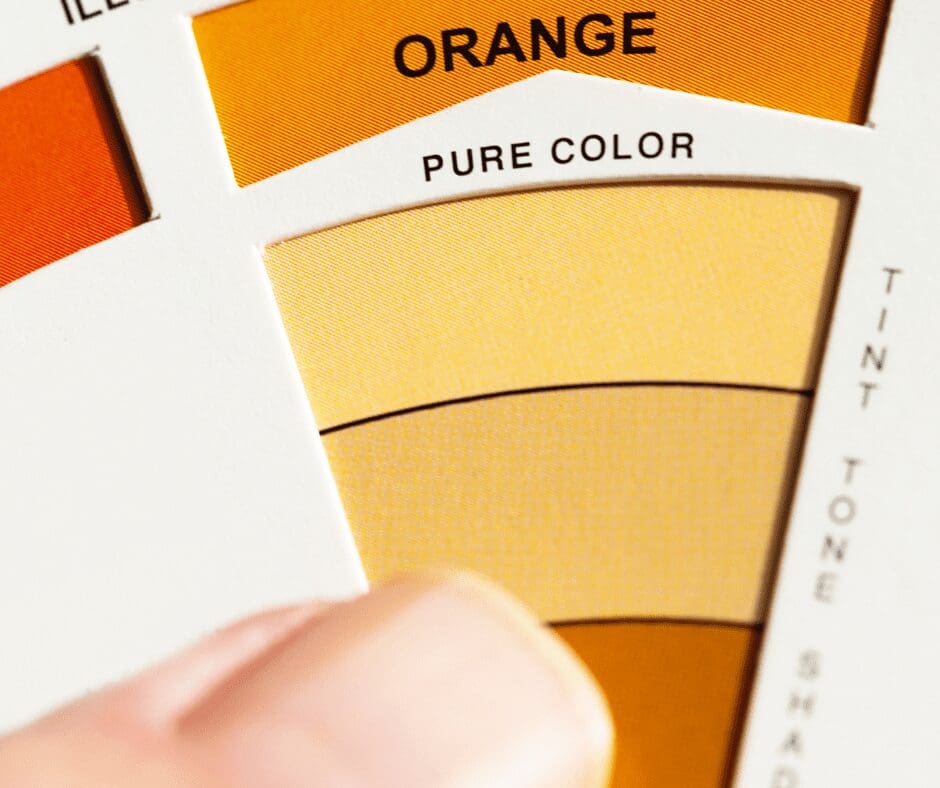
Glass decorating has long been a popular form of artistry and craftsmanship, allowing artists and designers to create stunning visual effects using colors and patterns. Among the various techniques used, understanding and employing the concepts of tint, tone, and shade are crucial in achieving captivating color variations. These principles offer a foundation for creating depth, contrast, and harmony in glass designs. In this blog post, we will delve into the fascinating world of color variations in glass decorating and explore how tint, tone, and shade can transform glass into a mesmerizing work of art.
Understanding Tint, Tone, and Shade
Before we dive into their application in glass decorating, let’s clarify the definitions of tint, tone, and shade:
Tint
Tint refers to the lightness or darkness of a color achieved by adding white to the original hue. By incorporating white, the color becomes lighter and softer, creating a delicate, pastel-like effect. Tints are commonly associated with a sense of purity, innocence, and tranquility.
Tone
Tone represents the degree of lightness or darkness of a color obtained by adding gray to the original hue. The addition of gray results in a more muted, subdued color palette. Tonal variations are ideal for creating sophisticated and understated glass designs, evoking a sense of elegance and refinement.
Shade
Shade refers to the darkness or intensity of a color produced by adding black to the original hue. The infusion of black intensifies the color, creating a deep, rich, and dramatic effect. Shades are commonly associated with depth, mystery, and opulence, making them ideal for creating striking focal points in glass art.

Applications in Glass Decorating
Glass decorating provides a versatile canvas for exploring the nuances of color through tinting, toning, and shading. Here are some ways these concepts can be applied in glass design:
Tinted Glass
Tinting glass involves adding varying degrees of white to the base color to create lighter, ethereal effects. By incorporating tints, glass designers can achieve delicate pastel hues that evoke a sense of softness and tranquility. Tinted glass is often used in decorative pieces, such as vases, lampshades, and delicate figurines, where a subtle and gentle ambiance is desired.
Toned Glass
Toning glass involves adding gray to the base color, resulting in a more muted and sophisticated appearance. This technique allows designers to create glass pieces with a refined and understated elegance. Toned glass is often employed in architectural applications, such as stained glass windows or decorative glass panels, where a harmonious integration with the surrounding environment is sought.
Shaded Glass
Shading glass involves adding black to the base color, producing deep, intense shades. This technique can create a captivating visual impact, especially when used sparingly to highlight specific elements or areas in a glass design. Shaded glass is often employed in art glass sculptures, jewelry, and statement pieces where boldness, contrast, and a touch of mystery are desired.
Combining Techniques for Impactful Designs
While tint, tone, and shade are powerful techniques on their own, their true potential is realized when combined in a single glass piece. Skillful use of color variations can add depth and dimension, creating a visual narrative that draws the viewer’s attention. By strategically applying tints, tones, and shades, glass artists can guide the viewer’s gaze, emphasize focal points, and evoke emotions.
Experimentation and Skill
Exploring color variations in glass decorating requires experimentation, practice, and a keen eye for detail. Glass artists must master the art of blending colors, understanding how different tints, tones, and shades interact to achieve the desired effect. Each combination offers unique possibilities and challenges, requiring a deep understanding of color theory and a honed technical skill set.
Conclusion
Tint, tone, and shade are invaluable tools in the world of glass decorating, enabling artists to create captivating color variations that elevate the beauty and impact of their designs. Whether through the use of delicate tints, refined tones, or dramatic shades, these techniques bring glass to life, imbuing it with depth, contrast, and emotion. By exploring the limitless possibilities of tint, tone, and shade, glass artists continue to push the boundaries of creativity, producing breathtaking works of art that capture the essence of beauty and transcend the limits of the medium.
If you’re in search of a reliable and creative solution for your candle jar decoration needs, look no further than JAFE Decorating. With their exceptional expertise and commitment to quality, JAFE Decorating is the go-to choice for transforming ordinary candle jars into stunning works of art. Whether you’re a small business owner looking to enhance your product packaging or an individual seeking unique and personalized gifts, JAFE Decorating offers a wide range of innovative designs and techniques to meet your specific requirements. Their team of skilled artisans combines artistic vision with meticulous craftsmanship, ensuring that each candle jar is beautifully adorned with intricate patterns, vibrant colors, and captivating finishes. Contact JAFE Decorating today and elevate your candle jar decorations to new heights of elegance and sophistication.